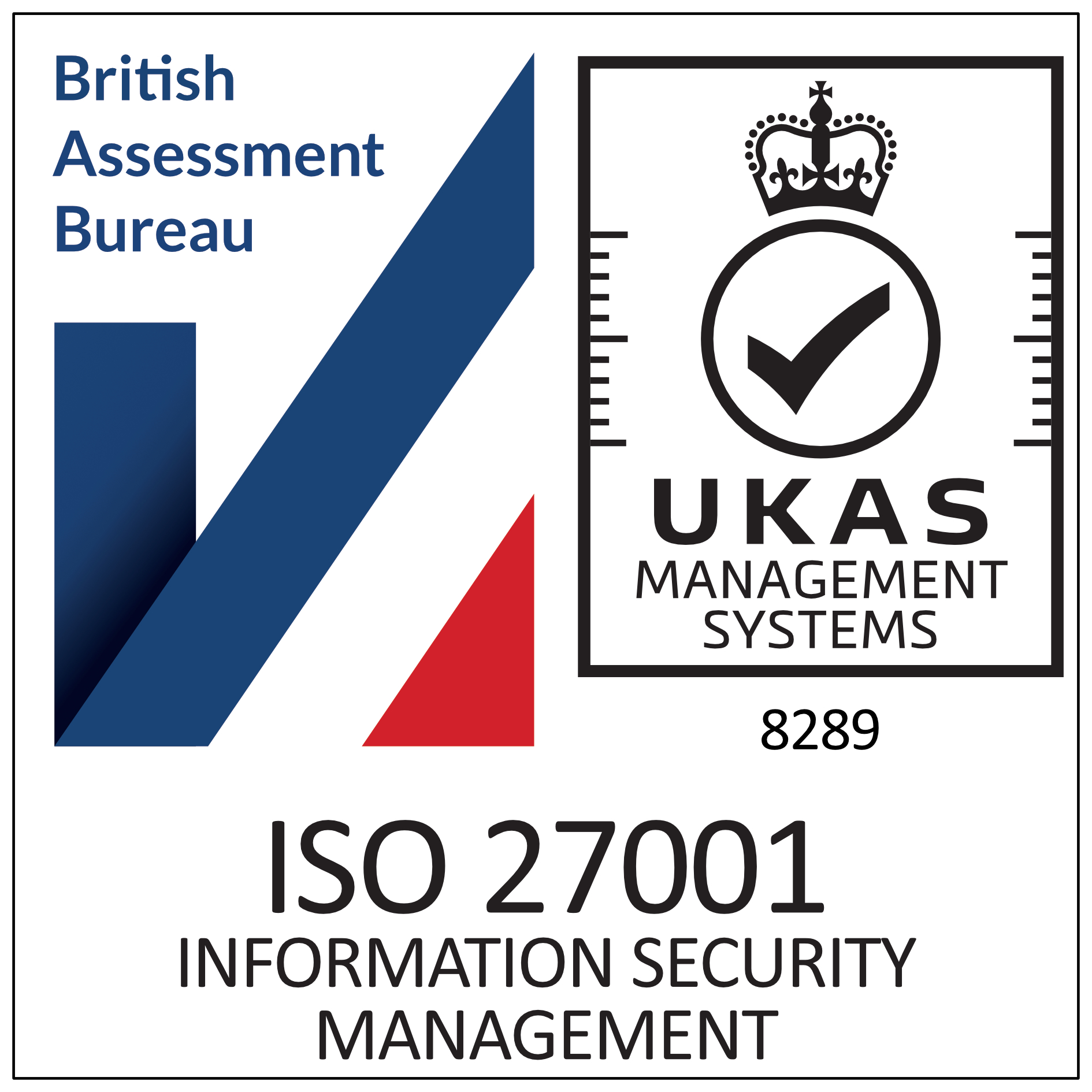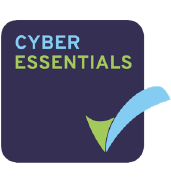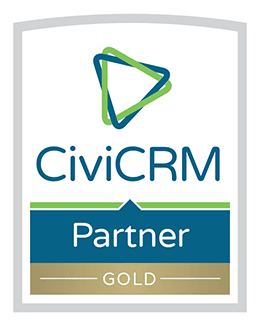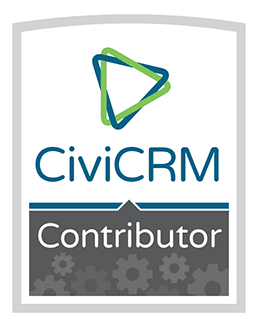
We can help you plan your path forward. Drupal 7 is reaching “End of Life” in January 2025 and that means you need to act or your instance will become unsupported with no further security releases being released by the Drupal Association. Assuming you care about security and don’t want your site to become vulnerable, there are basically 3 options: upgrade to Drupal 10, migrate to another platform or pay for ongoing security releases from a commercial fork. In this article we’ll review those options and show you how we can help.
Upgrade to Drupal 10
Depending on the complexity of your site, this can range from really simple to highly complex. We’ve already migrated about 150 sites from D7 to D8/9/10, not to mention one instance of a Drupal 6 that turned up not that long ago. Some of those instances have been really simple - basically a few pages of content acting as the front end for a CiviCRM database. In those cases, the migration can take a matter of hours, CiviCRM is unaffected and your team will barely notice.
On the other hand, things will be quite a bit more tricky and time-consuming if you have a really complex site like some of the ones we’ve migrated, with perhaps dozens of content types, similar numbers of user roles, thousands of lines of custom code and hundreds of contributed modules. You may not be in quite that position but basically the more complex the site, the more likely it is that something will need more attention, than just “run the migration” and off you go. Of particular note is custom code and this will need to be ported or the feature achieved in another way. Of course it’s possible that there may now be a contrib module for what you needed to customise years ago.
It’s reasonable to assume that your content types and users will migrate fine. The more modules there are though, the more permissions there will be for the roles and the more likely it is that some of this ends up being not quite right because things have changed, so be prepared for some extensive testing and a bit of tidying up.
Two other things that can need particular attention are Views and Webforms. If you have a simple Contact Us webform that sends a mail to info@ or similar, this will migrate just fine. Likewise a view of the latest 3 news items on your home page should not be a problem. However, many users of CiviCRM have complex views and webforms used as part of a service delivery system, taking input from users who don’t have access to the full Civi interface and these will likely break. The good news is that in most of those views and webforms, the majority of the work is in the initial thinking - planning what you actually need to do and defining things, so the rebuild can be much quicker than it was to implement first time round.
Move to another platform
Basically a bit similar to migrating to Drupal 10 except that it will be more work as there aren’t reliable migration modules or even equivalent entities at the other end so it’s essentially a complete rebuild in new technology. If you’re considering a significant redesign and overhaul of the site, you might choose this option but you will also need to learn a new system once it’s done which can be disruptive. We can help with moving to WordPress but we’d treat it like a new build project.
Pay for ongoing security releases
If you’re not ready for the move for whatever reason, it is now possible to stay updated on Drupal 7 if you sign up to the service from HeroDevs who provide similar services with post End Of Life support for other products to people like Google, Santander and the NHS. They have the scale to take on something like this as a commercial service and guarantee to provide updates to the core Drupal 7 codebase and 13,000 currently maintained modules.
There is a significant cost for the first site with them and a low cost per subsequent site for agencies like us so if you sign up to our hosting and maintenance we can provide you with the security updates in the same way as we already do for our existing Drupal clients. This works out at just £85/month. Depending on the size and complexity of your site, it will cost from £200 pounds a month for hosting, nightly backups, applying all security patches and proactive monitoring.
We should be clear though that staying on Drupal 7 forever is not really a great option. In the world of software, everything keeps moving along. In the way your phone gets constant updates, the PHP and database versions get updated, the underlying OS moves on to new versions and you will get to a point where you can’t run that old software except on a really out of date server with a stack where other elements will become insecure. But you can definitely buy some time with this approach and we’d be happy to help you.
We'd love to hear from you if you’re considering any of the above options for your Drupal 7 instance. Please get in touch and we can support you with your next steps.







